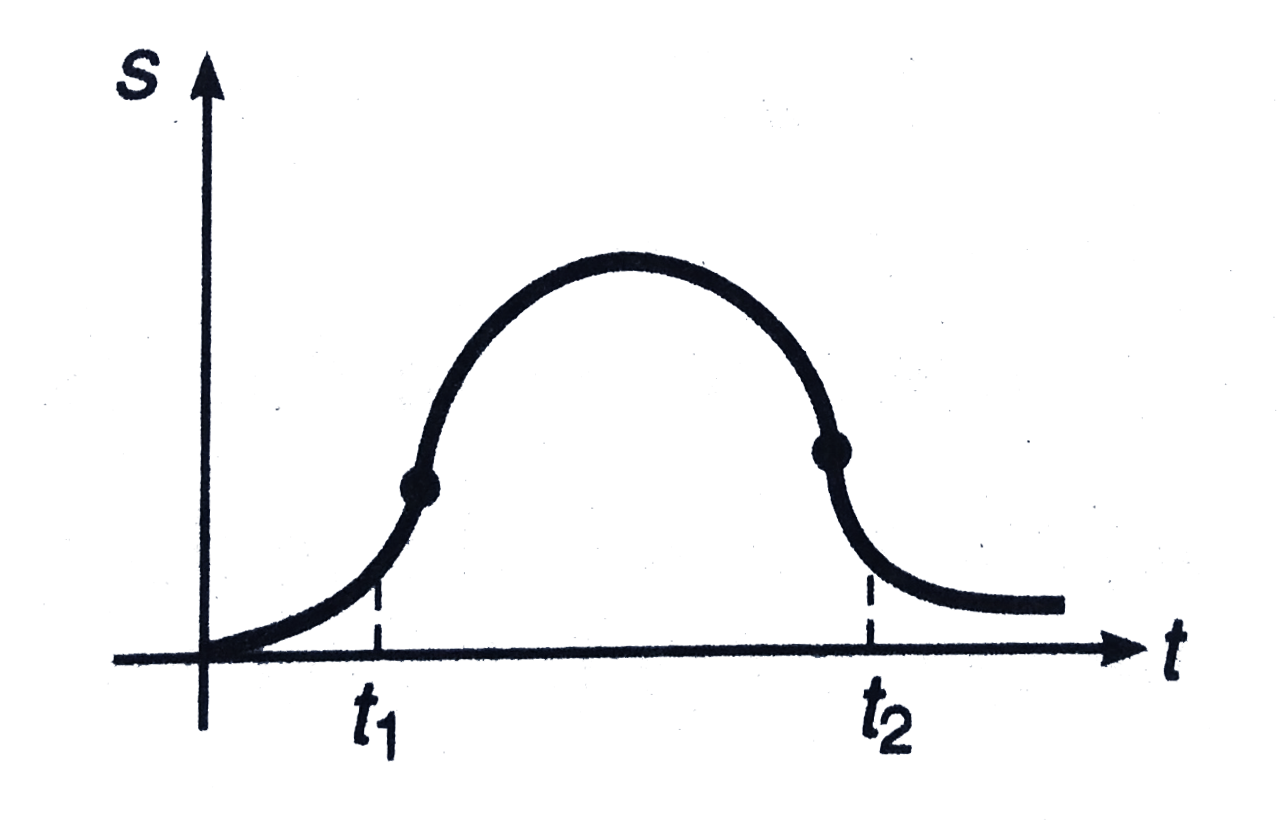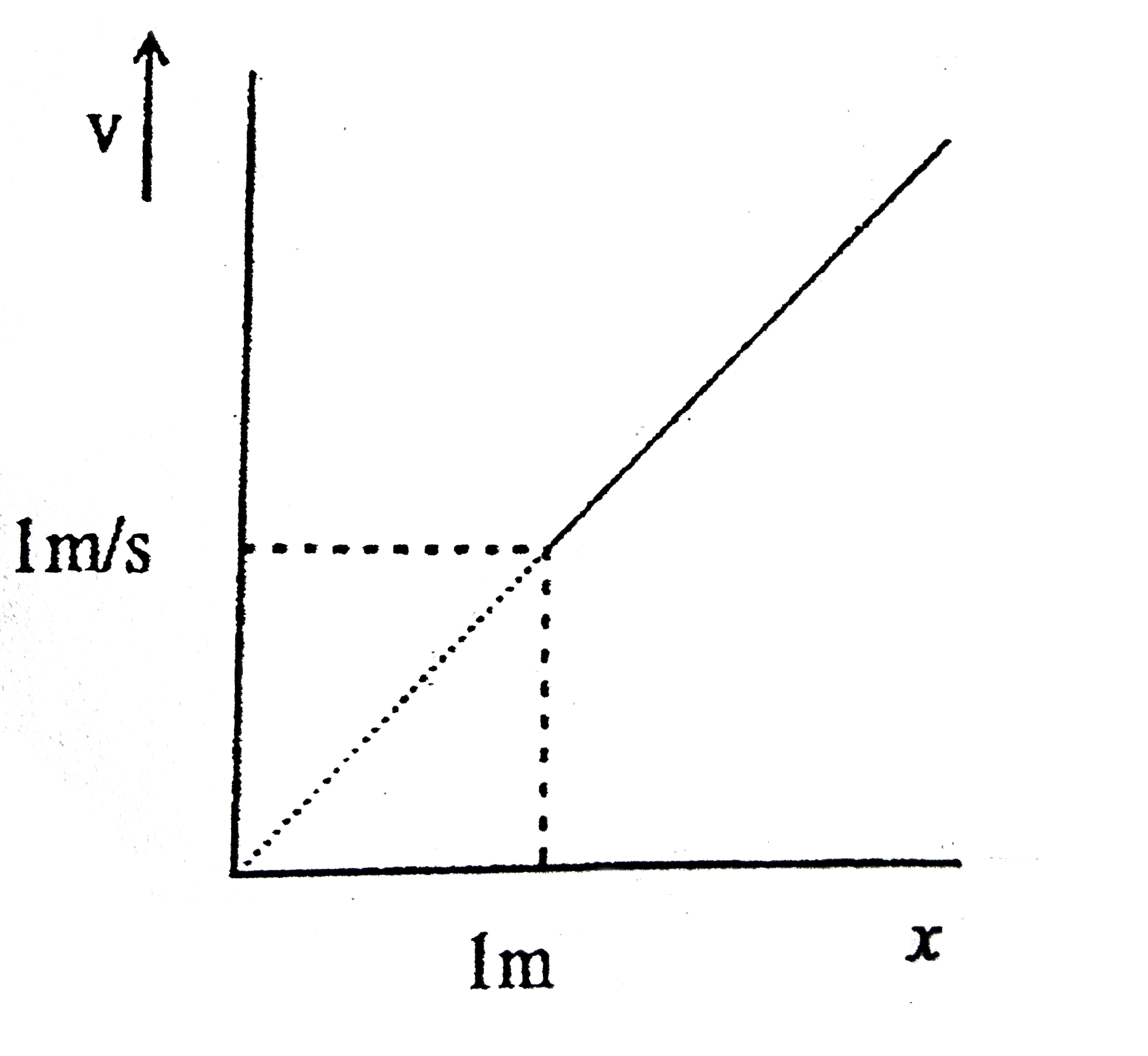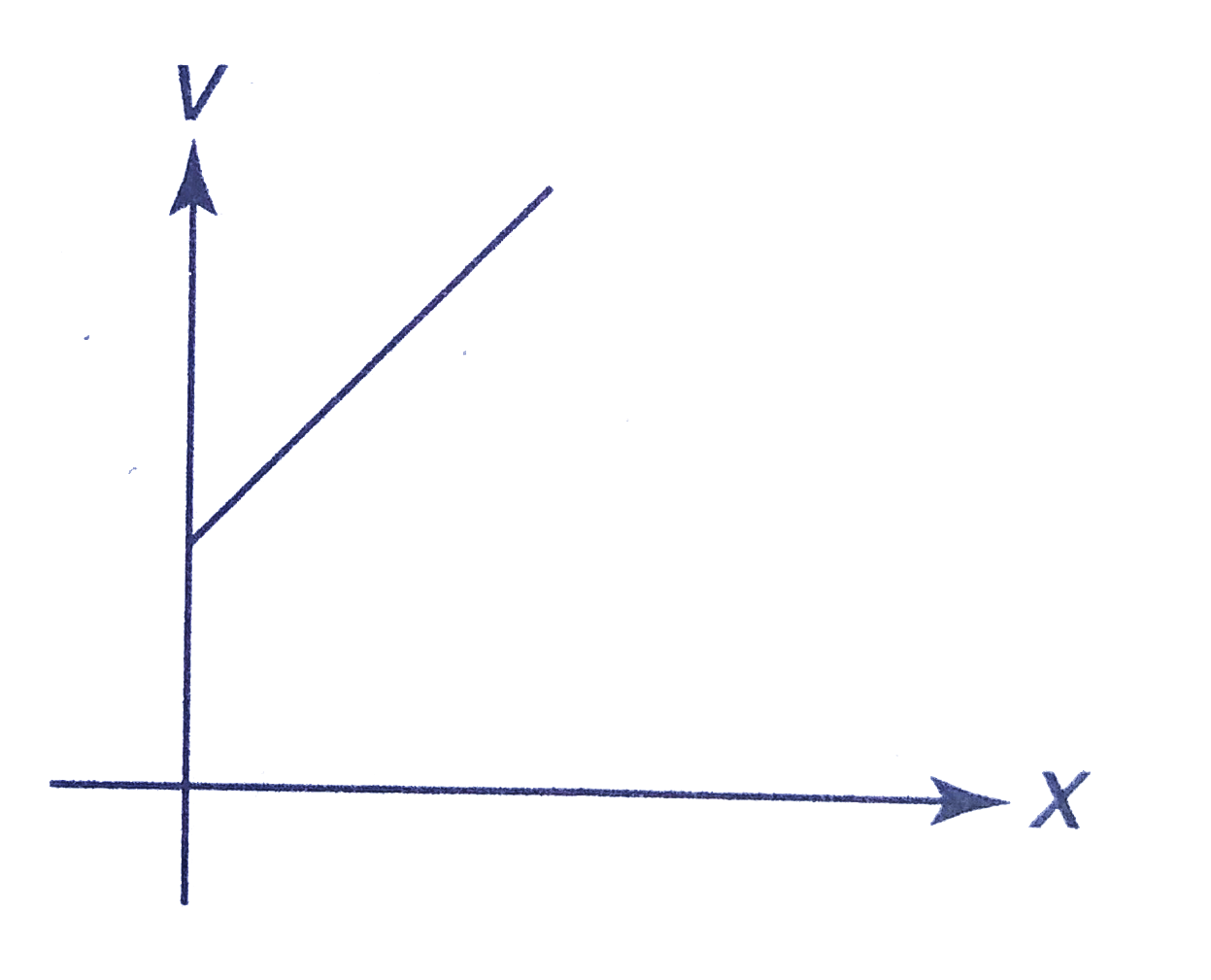Mark the correct statements for a particle go ing on a straight line:
(a) If the velocity and acceleration have opposite sign, the object is slowing down.
(b) If the position and velocity have opposite sign, the particle is moving towards the origin.
(c) If the velocity is zero at an instant, the acceleration should also be zero at that instant.
(d) If the velocity is zero for a time interval, the acceleration is zero at any instant within the time interval.
a, b & c are correct
b & d are correct
a, b & d are correct
all are correct
The correct Answer is:C
To solve the question, we need to analyze each statement one by one and determine whether they are correct or incorrect based on the principles of motion in a straight line.
1. Statement (a): "If the velocity and acceleration have opposite signs, the object is slowing down."
- Analysis: When velocity and acceleration have opposite signs, it means that the object is decelerating. For example, if an object is moving in the positive direction (positive velocity) and the acceleration is negative, the object is slowing down. Therefore, this statement is correct.
2. Statement (b): "If the position and velocity have opposite signs, the particle is moving towards the origin."
- Analysis: If the position is positive and the velocity is negative, the particle is indeed moving back towards the origin. Conversely, if the position is negative and the velocity is positive, the particle is also moving towards the origin. Thus, this statement is correct.
3. Statement (c): "If the velocity is zero at an instant, the acceleration should also be zero at that instant."
- Analysis: This statement is not necessarily true. An object can have zero velocity while still experiencing acceleration (e.g., at the peak of a projectile's motion). Therefore, this statement is incorrect.
4. Statement (d): "If the velocity is zero for a time interval, the acceleration is zero at any instant within the time interval."
- Analysis: If the velocity is zero for a time interval, it does not imply that the acceleration is also zero. An object can have zero velocity but still have a non-zero acceleration during that time. For example, an object thrown upwards will have zero velocity at the peak but will have a downward acceleration due to gravity. Hence, this statement is incorrect.
Summary of Correct Statements:
- The correct statements are (a) and (b).
Final Answer:
- Correct statements: (a) and (b).
---
- Analysis: When velocity and acceleration have opposite signs, it means that the object is decelerating. For example, if an object is moving in the positive direction (positive velocity) and the acceleration is negative, the object is slowing down. Therefore, this statement is correct.
- Analysis: If the position is positive and the velocity is negative, the particle is indeed moving back towards the origin. Conversely, if the position is negative and the velocity is positive, the particle is also moving towards the origin. Thus, this statement is correct.
- Analysis: This statement is not necessarily true. An object can have zero velocity while still experiencing acceleration (e.g., at the peak of a projectile's motion). Therefore, this statement is incorrect.
- Analysis: If the velocity is zero for a time interval, it does not imply that the acceleration is also zero. An object can have zero velocity but still have a non-zero acceleration during that time. For example, an object thrown upwards will have zero velocity at the peak but will have a downward acceleration due to gravity. Hence, this statement is incorrect.
- The correct statements are (a) and (b).
- Correct statements: (a) and (b).
Topper's Solved these Questions
- MOTION IN A STRAIGHT LINE BOOK - AAKASH SERIESCHAPTER - MOTION IN A STRAIGHT LINE EXERCISE - EXERCISE -II
80 Videos
- MOTION IN A STRAIGHT LINE BOOK - AAKASH SERIESCHAPTER - MOTION IN A STRAIGHT LINE EXERCISE - PRACTICE EXERCISE
58 Videos
- MOTION IN A STRAIGHT LINE BOOK - AAKASH SERIESCHAPTER - MOTION IN A STRAIGHT LINE EXERCISE - very Short answer type question
15 Videos
- MOTION IN A PLANEBOOK - AAKASH SERIESCHAPTER - MOTION IN A PLANEEXERCISE - QUESTION FOR DESCRIPTIVE ANSWER
7 Videos
- MOVING CHARGES AND MAGNETISMBOOK - AAKASH SERIESCHAPTER - MOVING CHARGES AND MAGNETISMEXERCISE - EXERCISE-III
49 Videos
Similar Questions
Assertion : An object may have varying speed without having varying velocity.
Reason : If the velocity is zero at an instant, the acceleration may not be zero at that instant.
View SolutionA : When the velocity of an object is zero at an instant, the acceleration need not be zero at that instant.
R : In motion under gravity, the velocity of body is zero at the top - most point.
View SolutionThe position of a particle at any point instant is x . Find the velocity and acceleration at any instant .
View SolutionAssertion:- For a particle moving along a straight line, if they velocity and acceleration have same sign, then the particle may be slowing down.
Reason:- For a moving particle speeding up and slowing down does not depend upon the angle between velocity and acceleration.
View SolutionFor a particle moving in straight line with increasing speed the appropriate sign of acceleration a and velocity v can be:
View SolutionAverage velocity of a particle moving in a straight line, with constant acceleration a and initial velocity u in first t seconds is.
View SolutionAverage velocity of a particle moving in a straight line, with constant acceleration a and initial velocity u in first t seconds is.
View SolutionFigure shows the displacement-time graph of a particle moving in a straight line. Find the signs of velocity and acceleration of particle at time t=t1andt=t2.

View SolutionA particle is moving in a straight line according to graph given below : (a is acceleration, v is velocity, x is position, t is time) :

View SolutionGraph of velocity versus displacement of a particle moving in a straight line is as shown in figure.
The acceleration of the particle is.

View Solution
